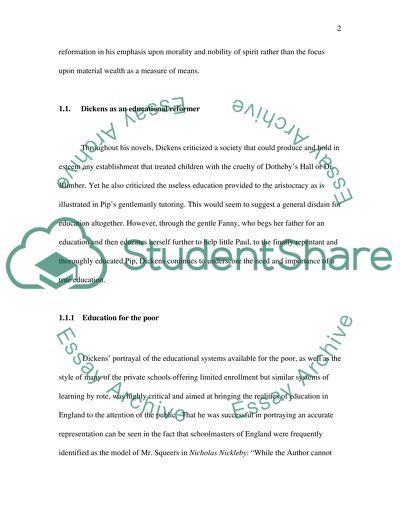Cite this document
(“Dickens's Treatment of Education and Social Mobility Essay”, n.d.)
Retrieved from https://studentshare.org/miscellaneous/1540650-dickenss-treatment-of-education-and-social-mobility
Retrieved from https://studentshare.org/miscellaneous/1540650-dickenss-treatment-of-education-and-social-mobility
(Dickens'S Treatment of Education and Social Mobility Essay)
https://studentshare.org/miscellaneous/1540650-dickenss-treatment-of-education-and-social-mobility.
https://studentshare.org/miscellaneous/1540650-dickenss-treatment-of-education-and-social-mobility.
“Dickens'S Treatment of Education and Social Mobility Essay”, n.d. https://studentshare.org/miscellaneous/1540650-dickenss-treatment-of-education-and-social-mobility.


